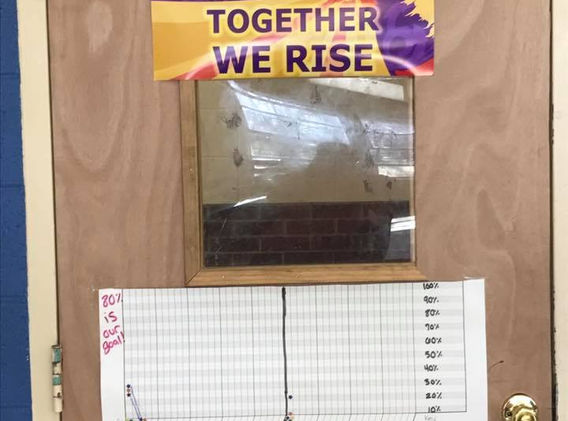Lindsey Hancock Warden
Data Analysis & Tracking
As highlighted briefly in Benchmark Assessments, tracking and analyzing my students' data is very important to both instruction and assessment. In my classroom, I utilize a variety of teacher-facing trackers that assist me in analyzing and interpreting my students' assessment data. I also use student-facing methods and trackers to get my students invested in their growth. Through these two methods, tracking, analyzing, and interpreting data becomes a central part of the assessment process in my classroom.
Table of Contents
Teacher-Facing Tracking
I use methods of teacher-facing tracking to help me interpret data, as well as track growth across long periods of time. Some trackers allow me to track growth on benchmark assessments for the entire academics year. Others are specific to individual assessments, and provide an even more nuanced view of student mastery in real time. Click on the slideshow below to view assessment tracking artifacts and read about how I monitor student progress in my classroom.
In addition to tracking major benchmarks throughout the year, I also track performance on biweekly assessments and other summative assessments throughout the school year. Since the majority of my assessments are related to just one or two standards, I can easily track across individual standard as well. I color-code my spreadsheets so that with just a glance, I can discuss how an individual student is doing with an administrator or their parent. This is a very effective method of monitoring student progress. Click on the image below to view the entire spreadsheet.
Student-Facing Tracking
As important as it is for me to be able to analyze, track, and interpret data, it is key to my students' growth and decision-making to learn to do so, as well.. In order to foster a growth mindset in my students, I place a great deal of emphasis on improving from assessment to assessment, and setting goals to improve. My students have several methods of tracking whole-class assessment results, and individual results, from test to test.
Group Data Analysis
While visual reminders on both a class and individual level serve as helpful guides for my students when it comes to goal-setting and investment, I also meet with each class period after every major assessment to explicitly discuss the data, what I think we are doing well, and what I think we could be doing better. Then, I solicit feedback from my students. Sometimes my students give me constructive criticisms, but they are consistently reflective regarding their own errors and areas for growth. Below, find a sample of a PowerPoint that I used to lead a Data Discussion with my classes following a biweekly assessment.












